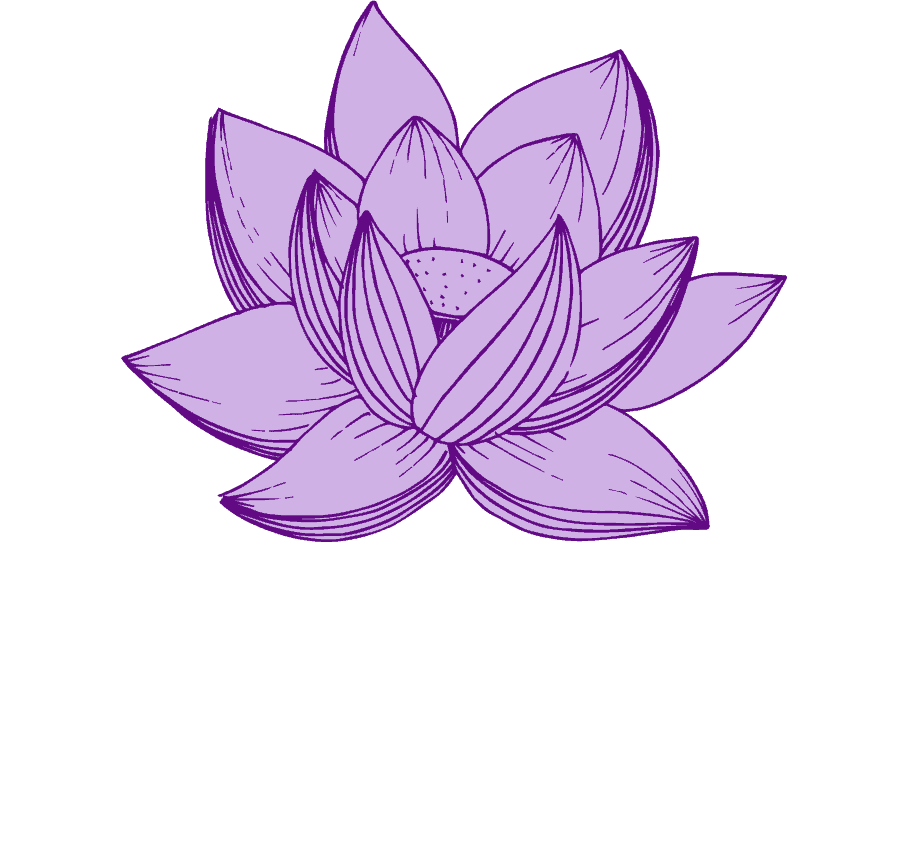Borderline Personality and Addiction: Unraveling the Complex Relationship
Introduction
Imagine you have a puzzle, and you can’t tell where one piece ends and the other begins. That’s BPD and addiction for you! Borderline personality disorder, or BPD, is like an emotional roller coaster with intense ups and downs. And when addiction jumps in, well, things can get even more complicated. But don’t worry, we’ll make sense of it all!
Understanding Borderline Personality Disorder (BPD)
First, let’s get to know BPD better. Think of it as a mix of emotions and behaviors swirling together like a colorful whirlpool. People with BPD might experience intense mood swings, struggle with self-image, and fear abandonment. It’s like trying to ride a roller coaster blindfolded.
I remember a patient, let’s call her Lisa, who had BPD. Her emotions were like a wild roller coaster, and she felt like she was on an emotional seesaw all the time. Coping with this whirlwind led her down a path of self-destructive behaviors, and she eventually turned to substances for some relief.
I had a patient, let’s call her Sarah, who struggled with addiction to cope with her intense mood swings. For years, she had no clue she had bipolar disorder. It was only when she sought help for her drug dependency that we connected the dots.
The Connection between Borderline Personality Disorder and Addiction
Now, let’s explore how BPD and addiction are like two dance partners in a complicated tango. When someone has BPD, they might seek refuge in addictive substances to cope with their intense emotions. For a moment, drugs or alcohol might provide some relief, but that relief is fleeting, like trying to catch a firefly in a jar.
Drugs and alcohol mess with the brain’s chemistry, and for individuals with BPD, the emotional impact can be even more intense. It’s like throwing gasoline on a fire, making the emotional roller coaster even wilder.
Unraveling the Neurobiological and Psychological Links
Okay, I’ll try not to get too technical here, but understanding the brain’s role is crucial. Neurotransmitters are like messengers in the brain, and they play a significant part in BPD and addiction. It’s like these two conditions have a secret meeting in the brain, whispering their plans.
BPD often involves emotional dysregulation, making it tough to cope with life’s challenges. That’s where addiction can sneak in. The temporary relief substances provide might feel like a life jacket in the middle of a stormy sea. But as the effects wear off, the storm returns even stronger.
When someone experiences a manic or depressive episode due to bipolar disorder, it affects the brain’s reward system, which is also at play during substance abuse. So, when substances flood the brain with pleasure-inducing chemicals, it’s no wonder why those with bipolar disorder might be more susceptible to addiction’s allure.
Diagnosing Borderline Personality Disorder and Co-occurring Addiction
Now, diagnosing BPD and addiction together can be tricky. Sometimes, the symptoms can overlap, like a double-exposure photograph. Patients might come to me seeking help for their addiction, unaware that BPD is also playing a part.
As a doctor, my detective skills come into play. Listening to my patients and understanding their stories is like piecing together a puzzle. Identifying the signs of both BPD and addiction is crucial for crafting a personalized treatment plan.
For example, my patient, John, initially came to me seeking help for his alcohol addiction. However, as we delved into his medical history, it became evident that he had been grappling with mood swings for years. His self-medicating with alcohol only made matters worse, leading to a roller coaster of highs and lows.
Integrated Treatment Approaches
Here comes the good part! Treatment is available, and it’s like a lifeline for those caught in this tangled web. An integrated approach is like a tailor-made suit for each individual, addressing both BPD and addiction hand in hand.
For BPD, therapies like dialectical behavior therapy (DBT) are like a compass, guiding patients toward emotional stability. Combined with addiction treatment, it’s like finding the perfect combination of ingredients for a tasty recipe.
This means utilizing evidence-based treatments for bipolar disorder, such as therapy and medication management, alongside addiction treatment programs. A little bit of this, a little bit of that – the perfect recipe for success.
Medication Management
Now, let’s talk about the elephant in the room – medication. Some people might hesitate to take medication, thinking it’s like a straightjacket for their emotions. But trust me, it’s more like a gentle breeze that can help steady the emotional roller coaster.
I had a patient, Mike, who struggled with BPD and was apprehensive about taking medication. We had an open discussion, and he decided to give it a shot. Gradually, he found that the right medication helped him experience fewer emotional extremes and made his journey to recovery smoother.
Dual Diagnosis Rehab Programs
Imagine having two personal trainers for your physical and emotional health – that’s what a dual diagnosis rehab program does! These specialized programs are like superheroes, providing comprehensive care for individuals with BPD and addiction.
In these programs, patients learn valuable skills to cope with emotional challenges and manage triggers that might lead to addiction relapse. It’s like having an army of support on their side.
Support Systems for Patients and Families
Recovery is like a team sport, and having a support system is like a squad cheering you on. Patients need a strong network of friends, family, and support groups who understand what they’re going through.
Families play a critical role too! Understanding BPD and addiction is like learning the steps to a dance, and families can provide that steady hand for support.
Recovery and Long-Term Management
You know what they say – Rome wasn’t built in a day. Recovery is like a marathon, not a sprint. Managing BPD and addiction long-term requires commitment and dedication.
Patients need to learn to identify warning signs, develop coping mechanisms, and maintain a healthy lifestyle. It’s like building a toolkit for life’s challenges and having the confidence to tackle them head-on.
Dispelling Myths and Reducing Stigma
Before we wrap up, let’s address some common myths and misconceptions about BPD and addiction. These two conditions can be stigmatized, like two misunderstood dance partners. But with the right understanding and empathy, we can reduce the stigma and foster a supportive environment for those seeking help.
Conclusion
We’ve journeyed through the intricate relationship between borderline personality disorder and addiction. Remember, there’s hope, and recovery is possible.

